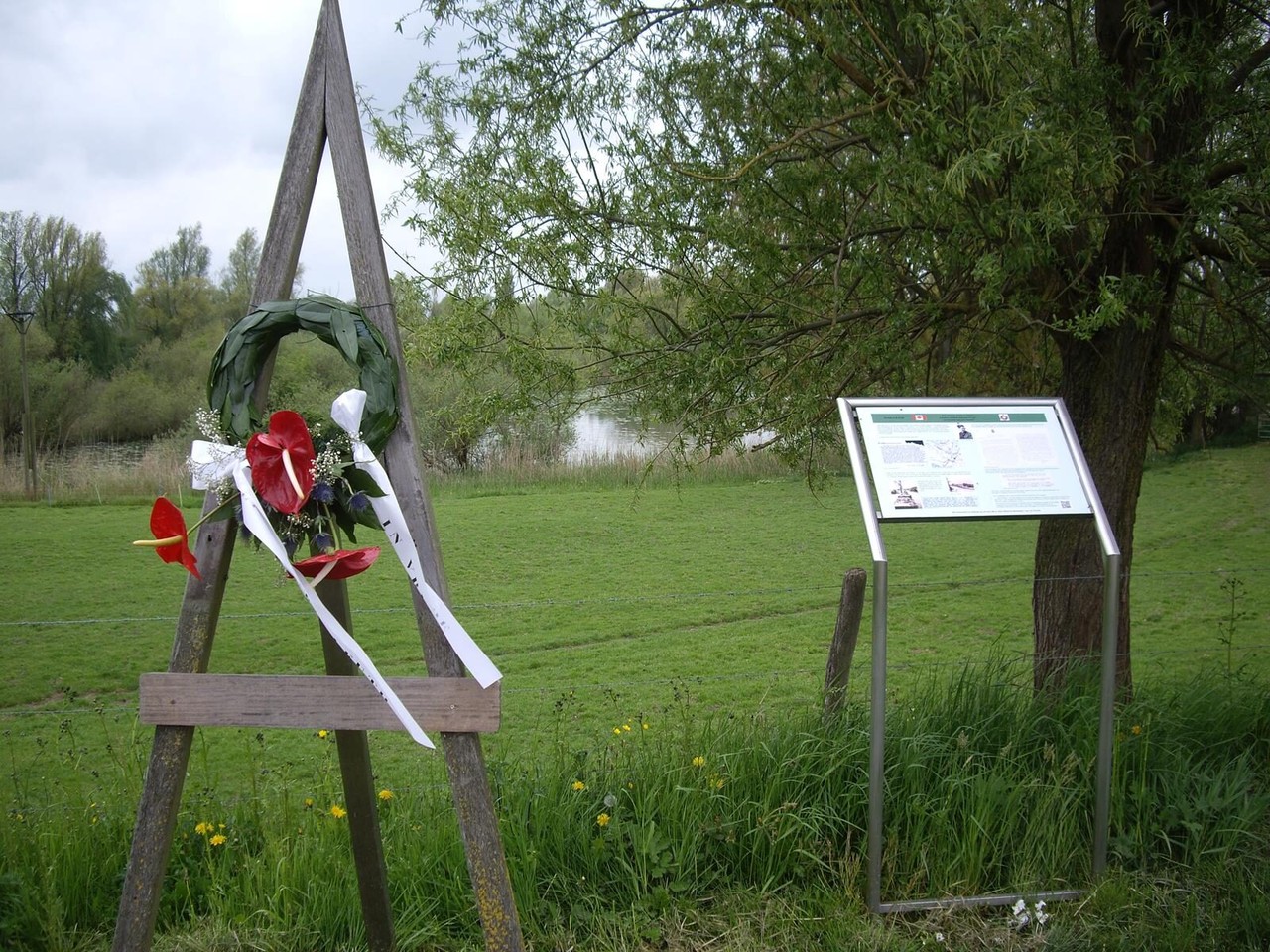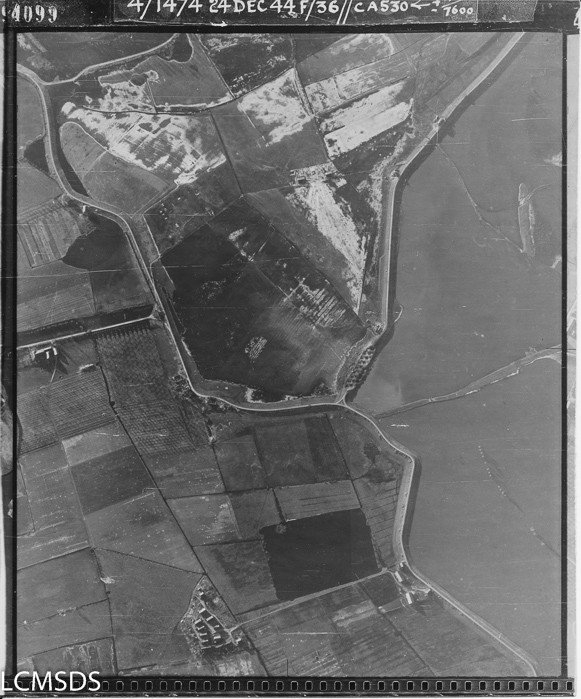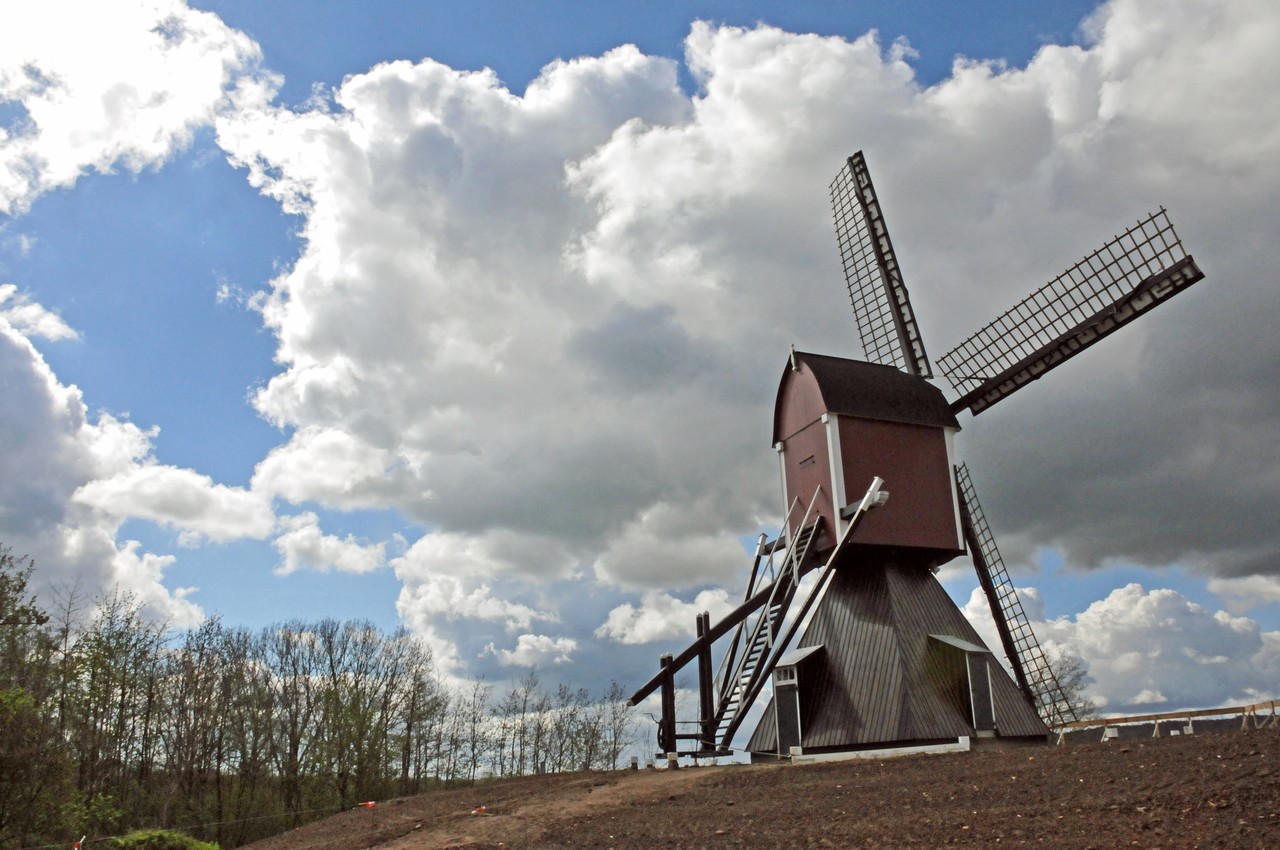The route through nature-rich Ooijpolder alternates between water and meadows. Some of the highlights are the Thornsche Molen windmill and the river Waal.
The Ooijpolder landscape has withstood a lot of wartime violence. After Operation Market Garden in September 1944, this polder was a buffer zone between Germany and the bridges over the Waal. Soldiers were stationed here and fought for months on end. In this period, when the front line crossed through the polder, the dikes were blown up and a large part of the polder was flooded. The residents had to flee or were evacuated. In February 1945, thousands of Allied soldiers crossed the polder to invade Germany during the Rhineland offensive. After the war, many locals returned only to find their homes badly damaged or looted, if they were still standing at all.
This war left deep marks, marks you can still see today when you follow the Ooijpolder walking tour. Starting at lake Wylerbergmeer near Beek, you follow the cross-border memorial route. Several information boards (developed by the Rheinland municipal association LVR and the Rhine-Waal Euroregion) describe the events in the polder area during WWII. The route continues towards the Waal, along the former front line, where you will come across old farms that served as a cover during WWII and an information plaque telling the story of one particular Canadian forward observer (scout). Eventually, you arrive at the Waal, standing exactly on the spot where the dike was blown up in the winter of 1944-1945.
The route combines historic sites with the beautiful polder landscape.


